A Peek into the World of Japanese Tea
This site uses affiliate links and we may earn a small commission when you use our links and make a purchase without incurring additional fee yourself. Many thanks for supporting this website. Please see our disclosure page for more details.
What do you first think of when hearing about Japanese tea? Many people would say “tea ceremony.” However, tea ceremony is only a part of Japanese tea culture, and the production of Matcha, which is used for the tea ceremony, only comprises about 1 % of Japan’s total tea production. Despite how much we love green tea, there’s so little we know about it. To elevate our palate, we joined Vine and Dine last week for an educational and delicious tea tasting. Are you a tea lover as well? Then, you must follow along with this post to learn about Japanese tea culture!
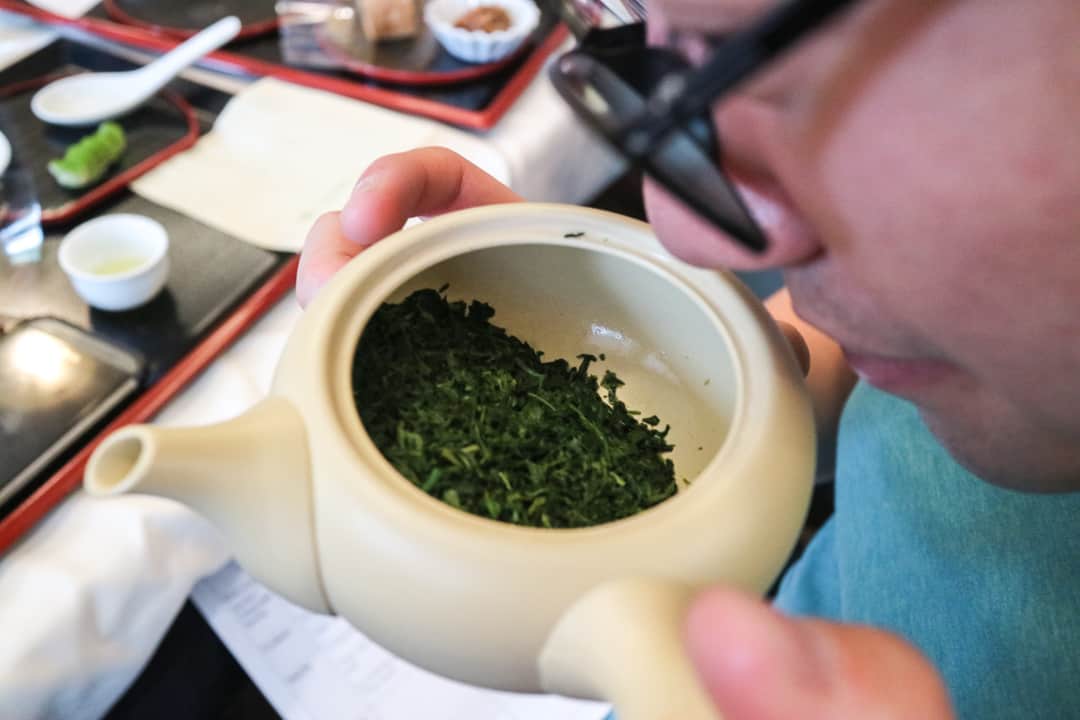
Before we begin, I would like to introduce the knowledgeable Michiko Ono, a certified tea sommelier, who hosted the fine Japanese tea tasting event. With a background in Japanese green tea, Michiko is passionate about sharing her knowledge with those like us who are fascinated with Japanese tea culture. In addition to teaching, she works closely with tea growers to select the finest teas to ensure that we enjoy a high quality experience.
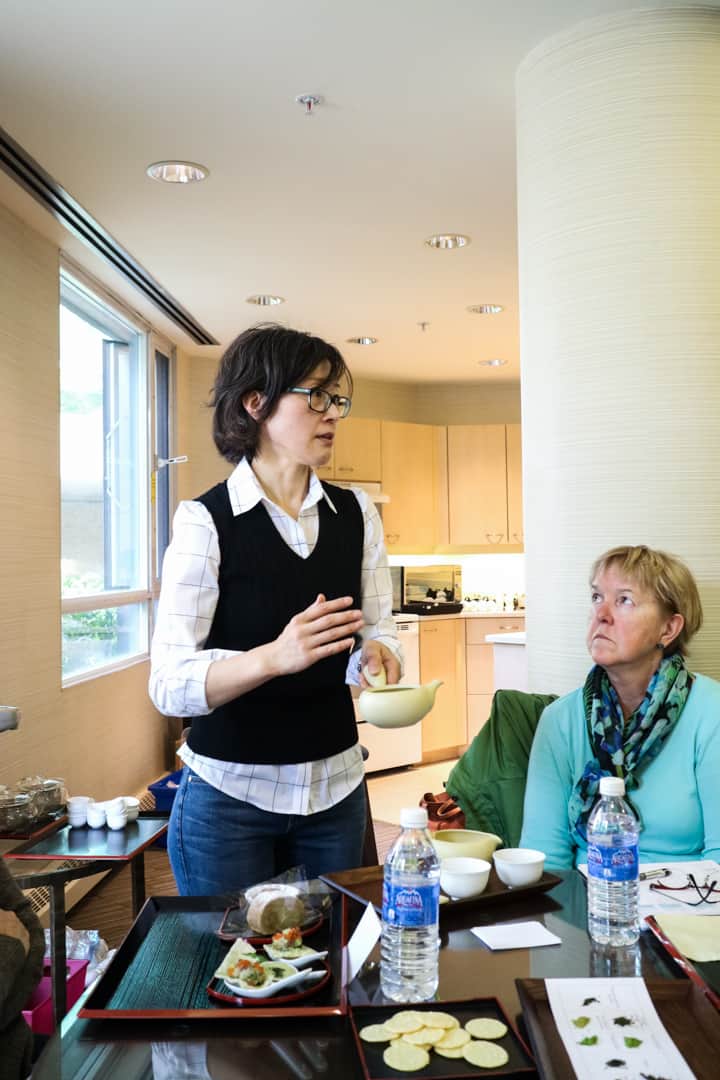
Below, I will share with you the 6 different fine teas, along with a few snack treats, we sampled at the event. Not only that, I will also highlight key facts about tea, including the different types, the production process and the proper way to prepare it, so that you can also fully enjoy tea on your own!
What is Nihon Cha?
Nihon means Japan, cha means tea. So Nihon Cha refers to Japanese tea. But what exactly is Japanese tea?
When it comes to Japanese tea, most of the case it means green tea which originated in China for medicinal purposes about 4000 years ago. The custom of tea drinking was introduced to Japan when Japanese monks visited China and brought back tea during the Kamakura period (1185-1333).
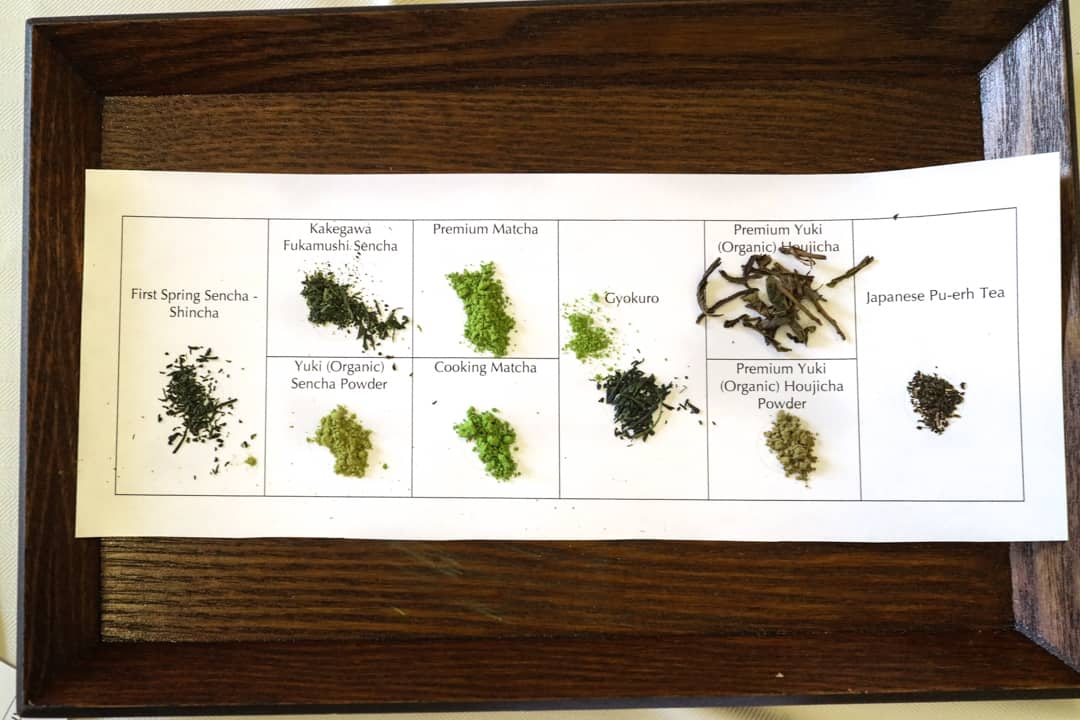
Different types of Japanese tea
In Japan, the main tea producing region include Shizuoka Prefecture (the largest, accounting for 40% of Japan’s production), followed by Kagoshima Prefecture, and Mie Prefecture.
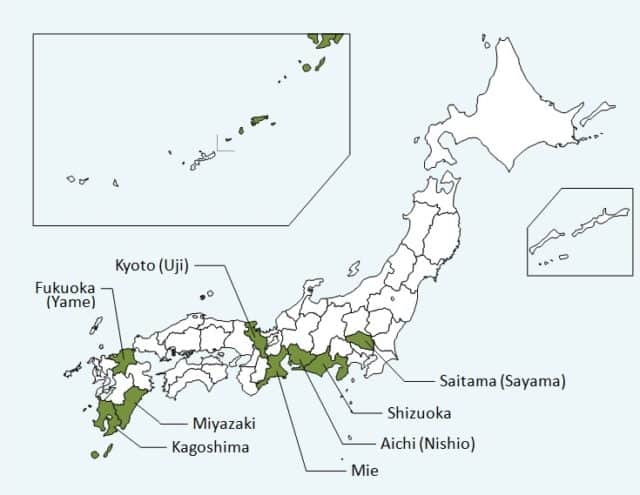
Major Tea Regions in Japan
How is Nihon Cha Different from Chinese Black Tea?
All tea, regardless green tea, white tea, black tea, or oolong tea, originates from the same tea plant: camellia sinensis. The difference is the way each tea is grown and produced.
To produce black tea, harvested leaves undergo the fermentation process. This involves withering and crushing, tearing, curling or rolling to promote oxidation. As a result, black tea has a stronger flavour and darker colour than green tea.
To produce green tea, harvested leaves do not undergo the fermentation process. Instead, they are withered and then heated through steaming or pan-firing to halt oxidation. This allows the leaves to retain their color and delicate, fresh flavor.
Types of Japanese Tea
There are as many as 20 different types of Japanese tea. At the event, we tried 5 major types:
1| Gyokuro
Gyokuro, the top grade tea, is a rolled form of shaded Japanese green tea leaf. 2 to 3 weeks prior to harvesting, the leaves are covered a reed screen to shield them from sunlight and give them a dark green colour when dried. The tea contains high levels of theanine, which gives it a sweet, unique taste, as well as caffeine.
I loved the concentrated umami (savouriness or richness) flavour it delivered and how it remained in our mouth long after. It is like the tea version of espresso, so strong that you only need 1 shot a day. For food pairing, it is best to pair Gyokuro with food that’s also rich in umami, such as oysters, parmesan cheese, tuna, or hamachi tartare that we tried at the event.
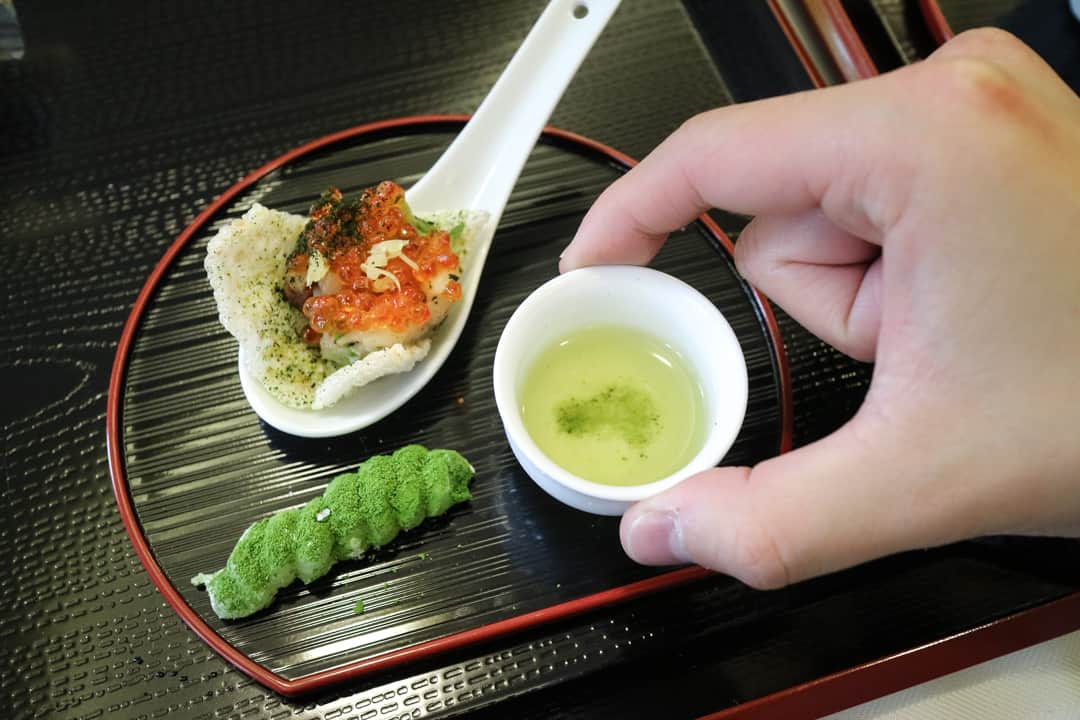
Gyokuro
[bctt tweet=”What’s difference btw Matcha, Sencha, Gyokuro? Check this post & learn ur #JapaneseTea! #green tea #yyc” username=”fortwoplz”]
2| Sencha
Sencha, the most common and popular tea in Japan, is the fully sun-grown variety of Japanese green tea. It develops a wonderfully sweet, grassy flavour with resinous aroma and minimal astringency. Traditional asamushi (lightly steamed) Sencha brews up light golden green with an earthy and sweet fragrance. Modern fukamushi (heavily steamed) Sencha, on the other hand, has a dark-green color and a stronger taste.
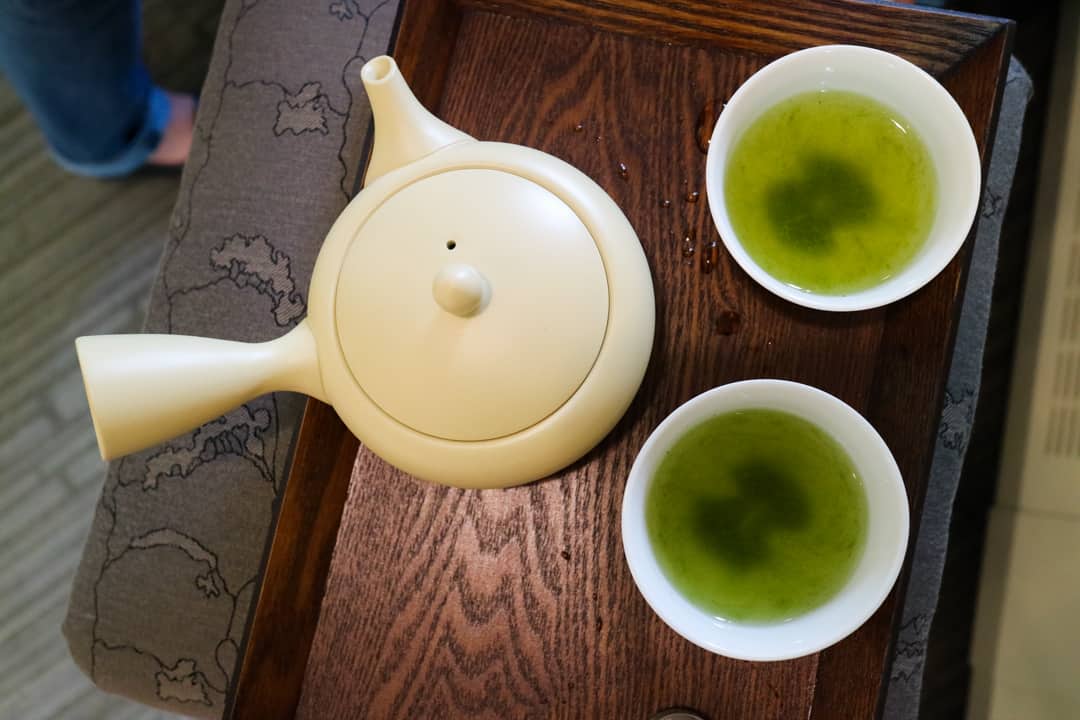
Kakegawa Fukamushi Sencha
Shincha season is an exciting time for tea drinkers. Shincha (literally means”new tea”) is very first harvest of the year, usually takes place from late February till late May, depending on the region. What makes Shincha so special? First leaves have a higher level of nutrients, such as amino acids, than those from other times of the year. This translates to giving the tea a sweeter, less astringent taste.
When we tasted the cold-brewed first-flush Shincha, we were astounded by its incredibly creamy, sweet start and a delicate smooth finish. There was no hint of bitterness whatsoever. It’s like nothing I’d ever tasted before!
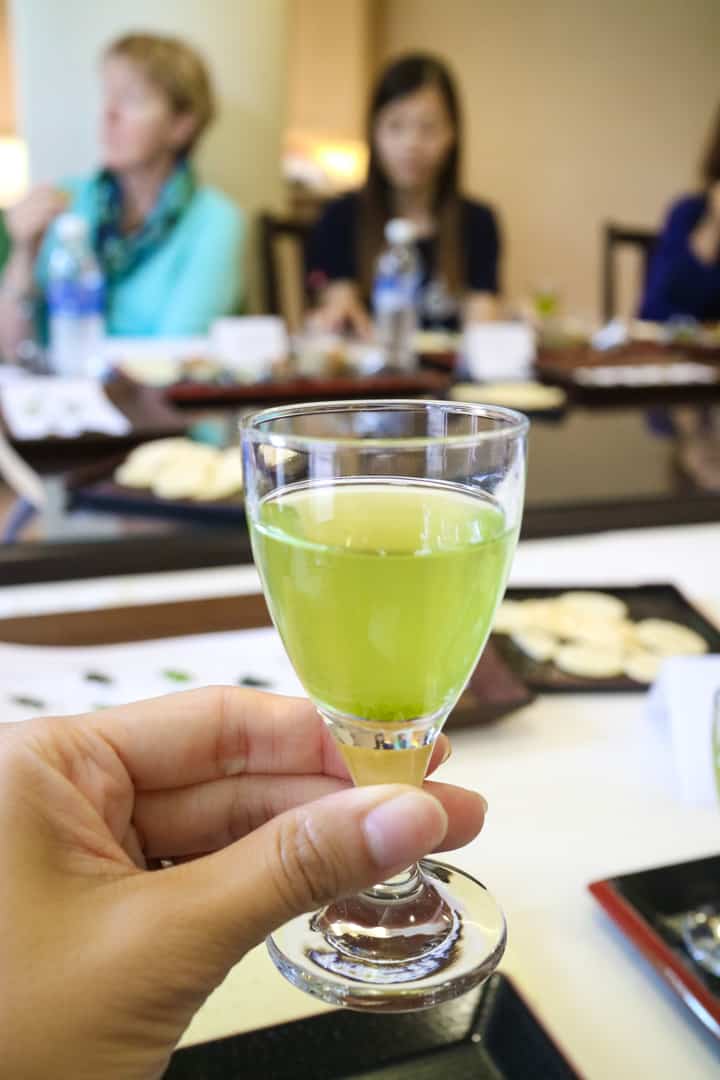
Shincha
Do you know that Sencha also comes in powder form? Stirring Sencha powder into greek yogurt, then mixing in with maple syrup, you will have a healthy, delicious treat that is packed with protein and antioxidants!
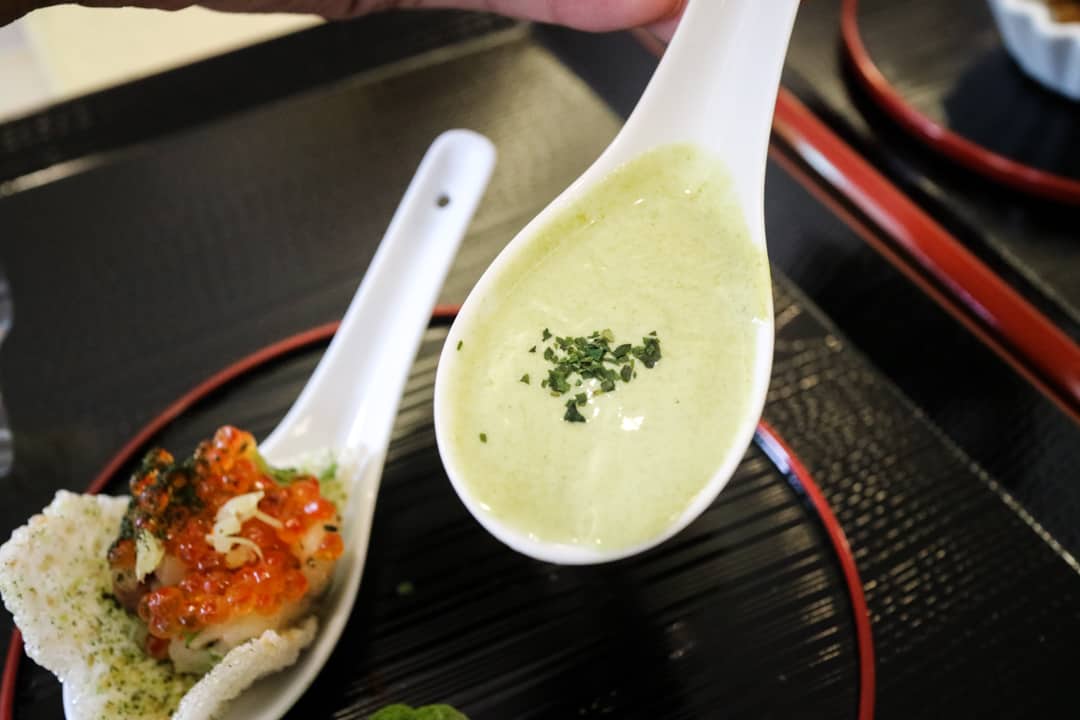
Sencha Yogurt
3| Matcha
Matcha is a finely-ground green tea powder, made from Tencha tea leaves. Similar to Gyokuro, these leaves are covered by shade 2 to 3 weeks before harvesting. After harvesting, the leaves are steamed and dried. While drying, the leaves are stripped of their veins and stems, then ground into fine powder.
Since Matcha and Gyokuro share the same cultivation process, you can expect high theanine and caffiene content in Matcha. On top of that, the powdered form includes additional nutrients, such as Vitamin A, Vitamin E, beta-carotene and dietary fiber.
In general, top grade Matcha has a brighter shade of green and is sweeter, without any hint of bitterness. Lower quality Matcha is less green and more yellow and the flavor is more astringent. Kyoto has some of the best matcha in Japan so be sure to add it to your travel plans.
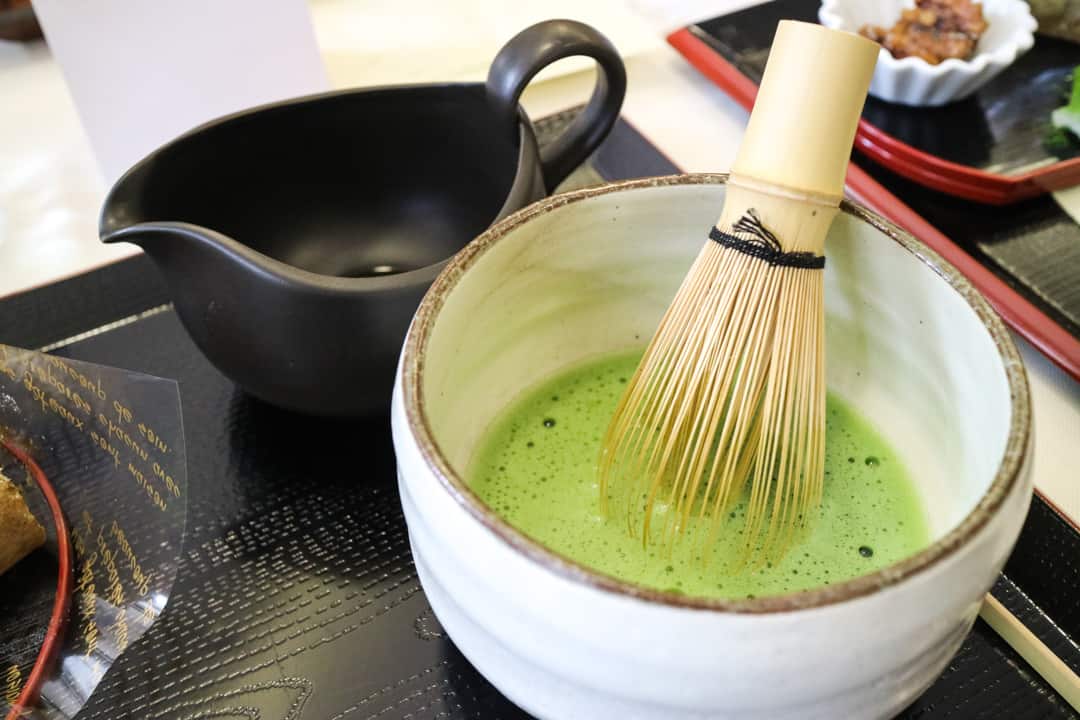
Premium Matcha
4| Houjicha
Hojicha is a roasted Japanese green tea that contains very low amounts of caffeine. Roasting over high heat helps bring out a nutty aroma and toasty flavor. Unlike most other Japanese teas, this tea is a transparent brown color and tastes somewhat similar to basic black tea.
It was true that this brown-color green tea reminded me of Chinese black tea, but it had its own unique, earthy flavour and nutty, caramel aroma. Its woody notes matched amazingly well with the sweet, mellow Houjicha roll cake!
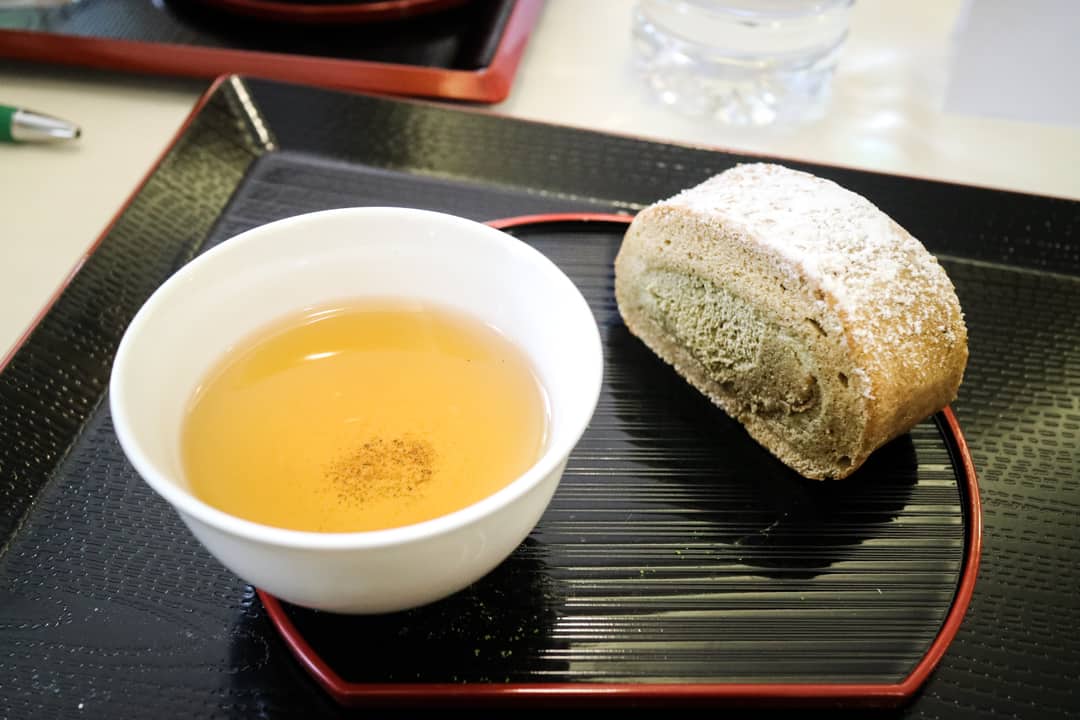
Premium Yuki Houjicha and Houjicha Roll Cake
5| Japanese Pu-erh
I’d only heard of Chinese Pu-erh and never knew that the Japanese has their own Pu-erh! This tea, like its Chinese counterpart, is pan-fried and fermented. However, unlike Pu-erh from China, it is fermented with only one kind of yeast (koji) over 3 to 4 days. This process allows it to develop a nutty, mellow chocolate-like sweet quality, compared to the deep earthiness found in Chinese Pu-erh.
Its strong, distinctive flavour makes it a great choice alongside heavy-flavoured dishes, as it can neutralize the oily and greasy taste.
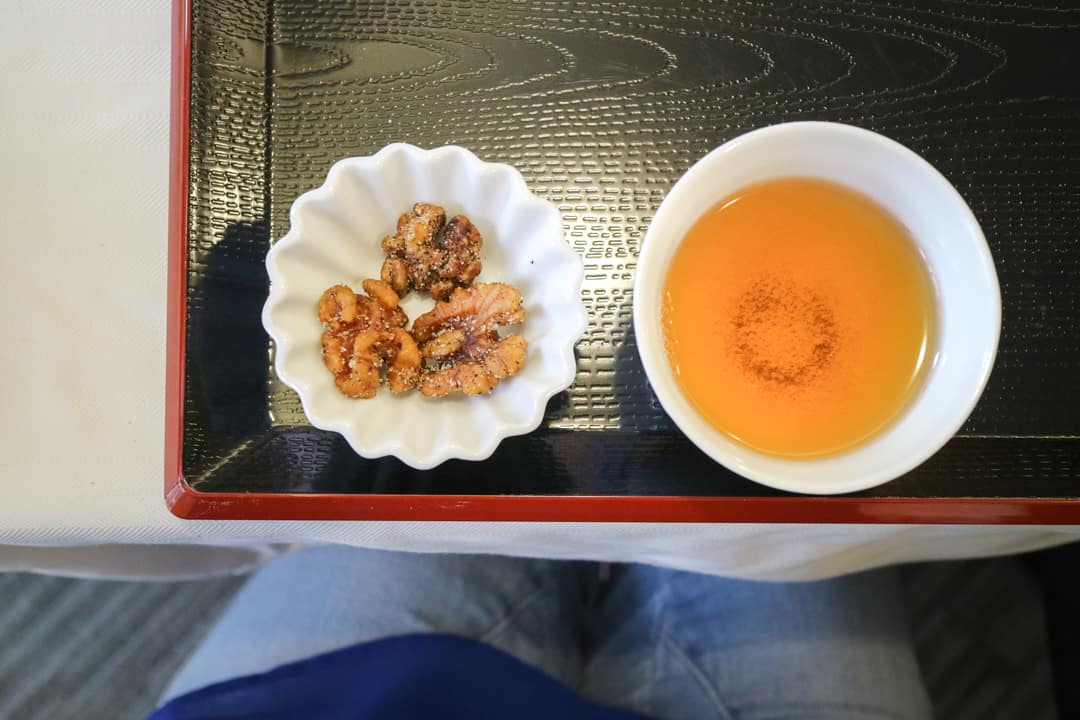
Japanese Pu-erh Tea and Roasted Walnut
The Proper Way to Prepare Nihon Cha
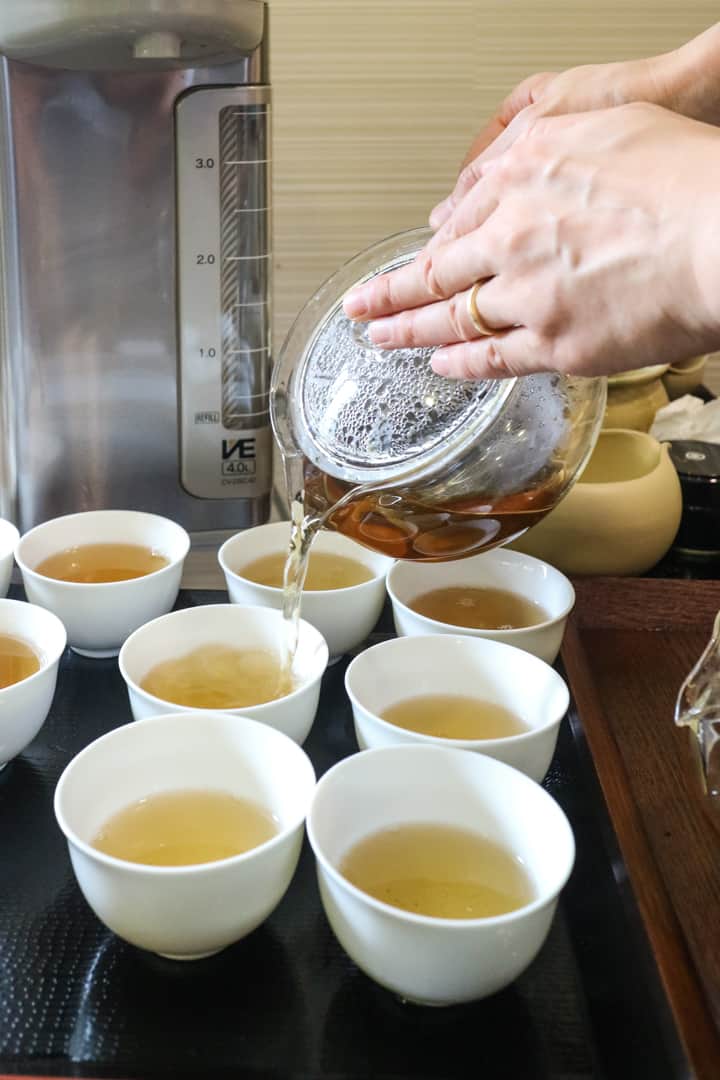
Gyokuro and Sencha
Umami flavour is an important aspect of Japanese tea. To extract that, it is crucial to control the water temperature when steeping tea. The higher the temperature, the more tannin and caffeine are dissolved; as a result, the more bitter the tea will turn out. Therefore, high quality tea, such as Gyokuro and Sencha, are usually prepared with a lower temperature.
To extract as much of the rich flavour as possible, Gyokuro should be steeped for 2 to 3 mins at 50-60°C. For high-grade Sencha, the water should be at 80°C and let it steep for 2 mins, while regular Sencha should be steeped at 90°C for 30 to 60 seconds.
Hojicha
For Hojicha and other teas, such as Bencha and Genmaicha, it is recommended to use boiling water to steep for 30 seconds.
Matcha
To enjoy Matcha, we need the proper gadgets, including tea whisk, tea spoon, matcha tea bowl, and small tea caddy.
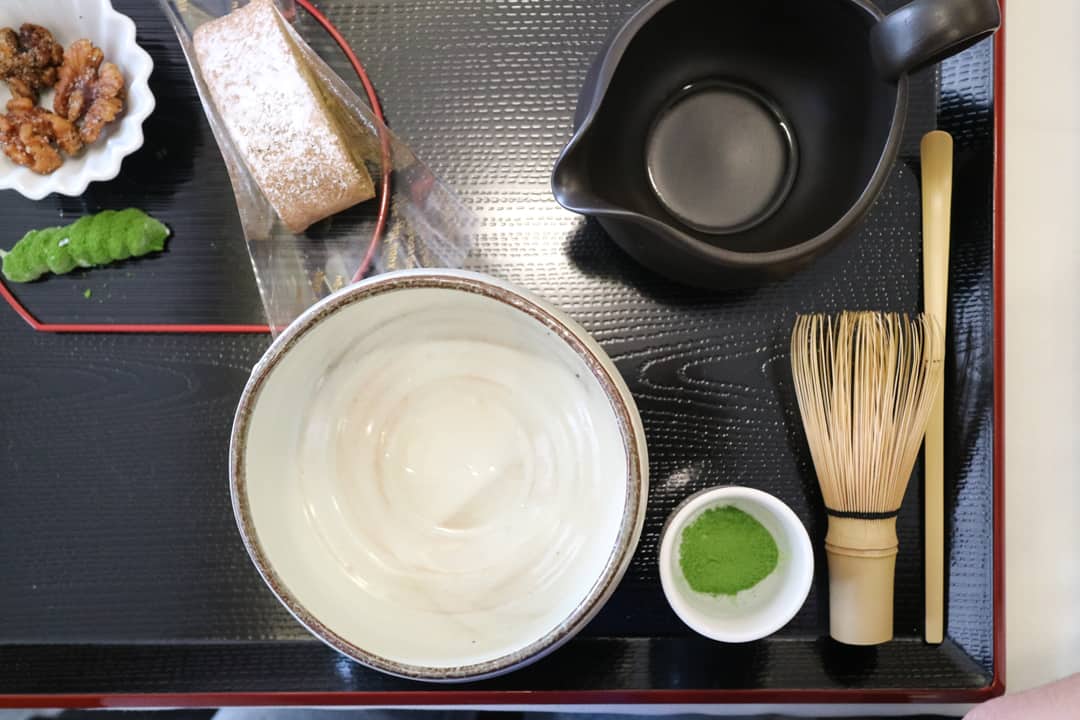
Teaware
Make sure you sift the Matcha before mixing in water to prevent clumping. When whisking, use a “W” motion, not a circular stirring motion, to make a nice frothy lather.
What a fun afternoon learning about Japanese tea! During the 2 hours, Michiko took us through the history, varieties, manufacturing process, and preparation of Nihon Cha. We had only touched on a small portion of tea culture and there’s so much more to explore! I can’t wait to dive deeper into the subject!
If you’re interested in fine tea tasting with Michiko, you can contact Linda from Vine and Dine. Another event is scheduled for next month!
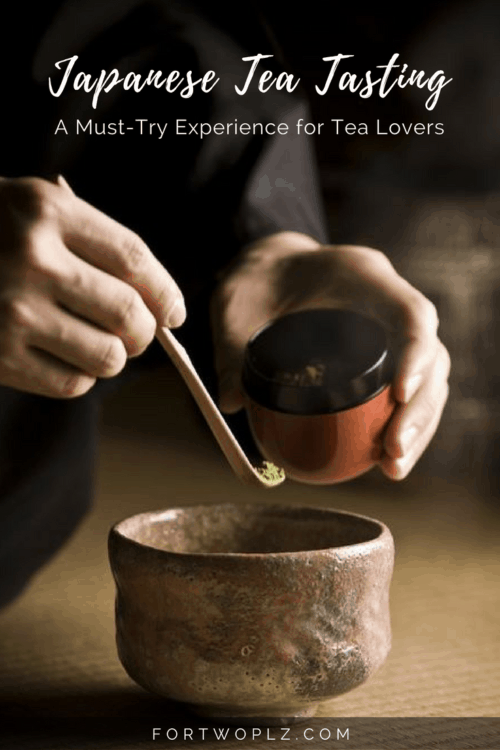

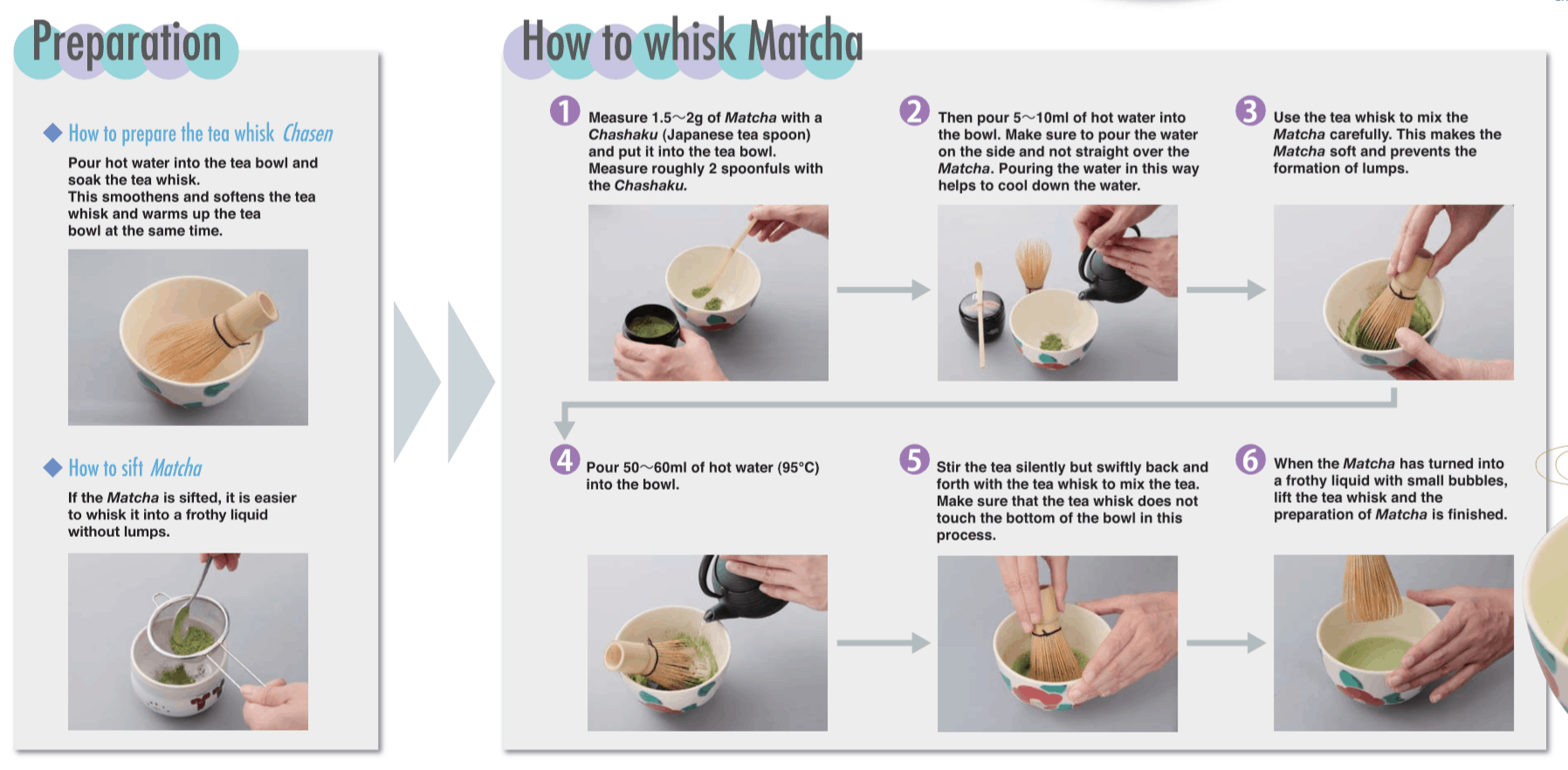

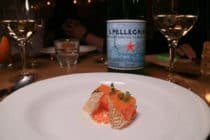
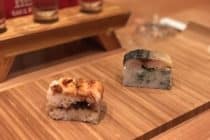
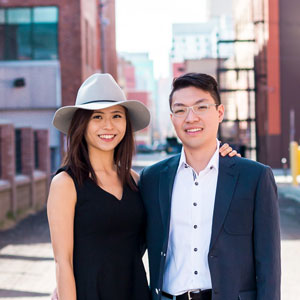






I recently discovered sencha and its my absolute favourite!
I loved it too! Good quality tea really tastes different!
Wow there is so much information in here! I have some Japanese tea but have been making them the wrong way. Thank you for teaching me how to do it!
No problem, Samantha! Glad you found it useful 🙂 I was making the tea the wrong way too, we learned so much from this event!
I really enjoyed this post. I would never have guessed there are teas that only need water to be at 50C!
Thank you Harmeet! Glad you enjoyed reading it! I didn’t know that water temperature affects the level of caffeine and bitterness of the tea! That’s my ah-ha moment 🙂
I love tea but didn’t know so much of this. Thanks for such and informative post!
No problem, Marina! So glad you found it useful 🙂 Happy tea drinking!
Wonderful tour of all things Japanese and Green Tea. I’m a huge fan of Matcha and drink a ceremonial grade most every day. However, I know little about the tea properties so it was a pleasure to learn more. My favorite is the greenest and freshest – almost like grass but with that fresh green tea taste. Domo Arigato!
Our daughter would absolutely love this. She is such a tea fan and nippophile. I always thought there was a black tea plant and a green tea plant. Now I know. This was really a fantastic read.